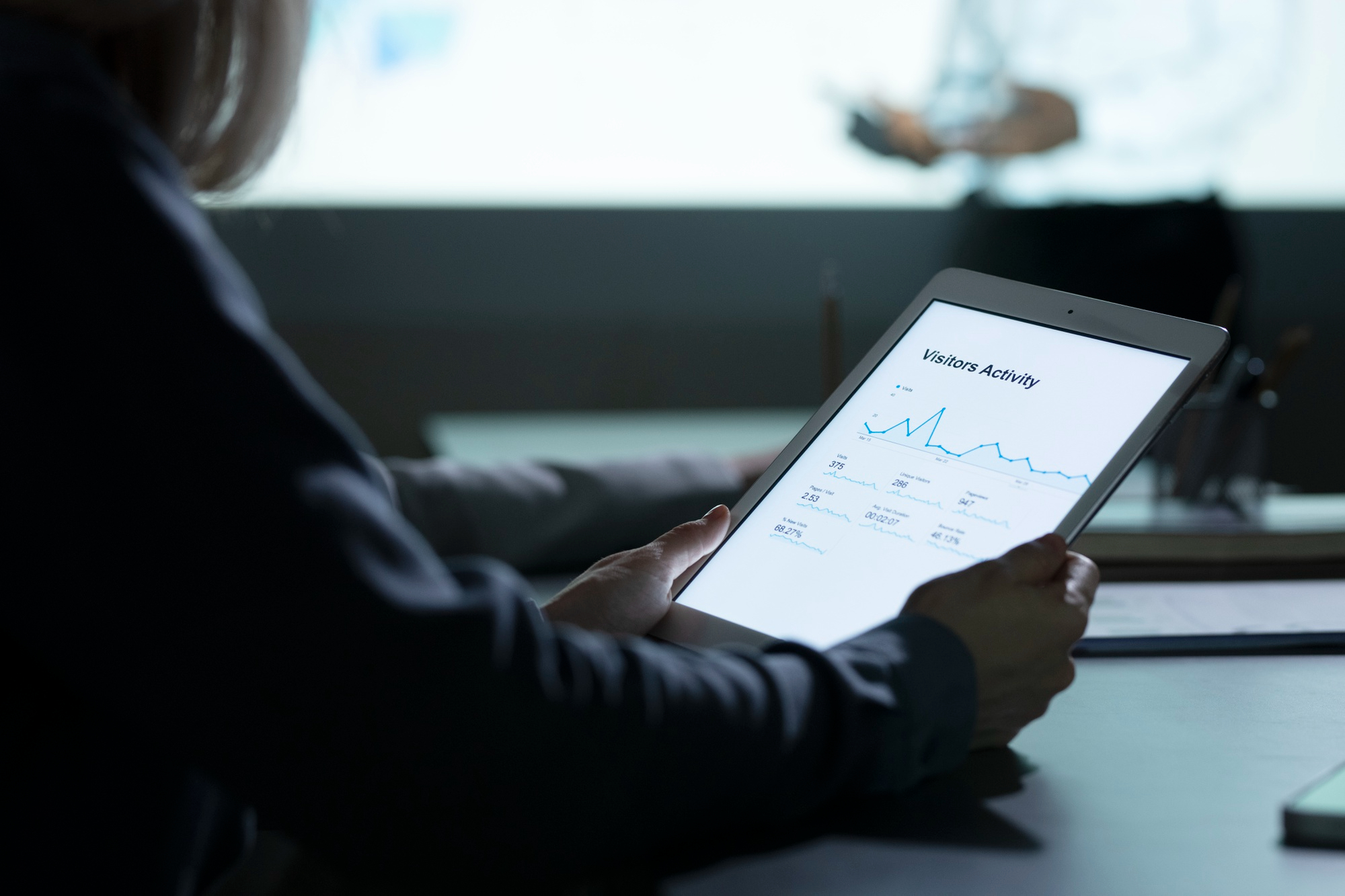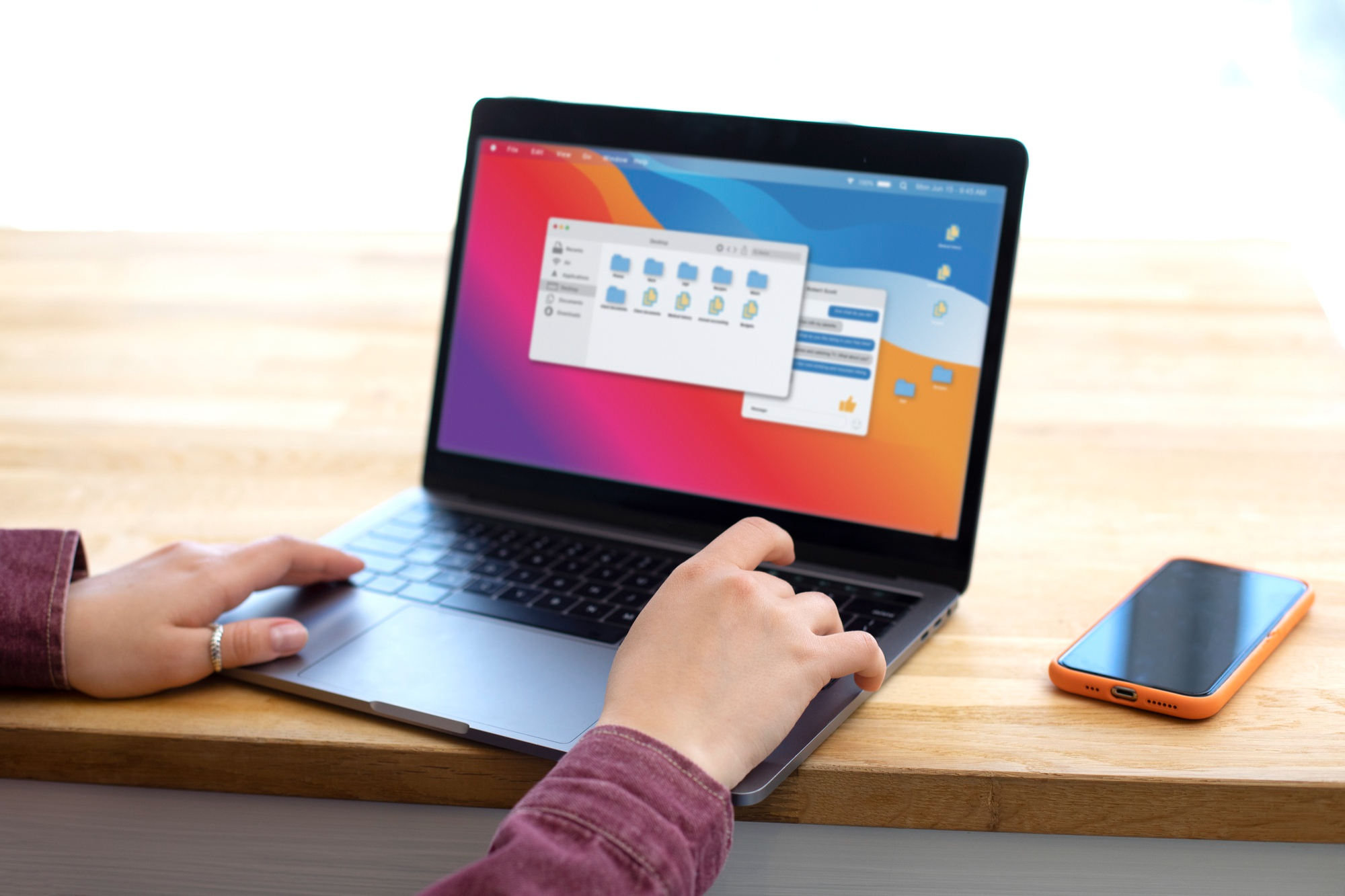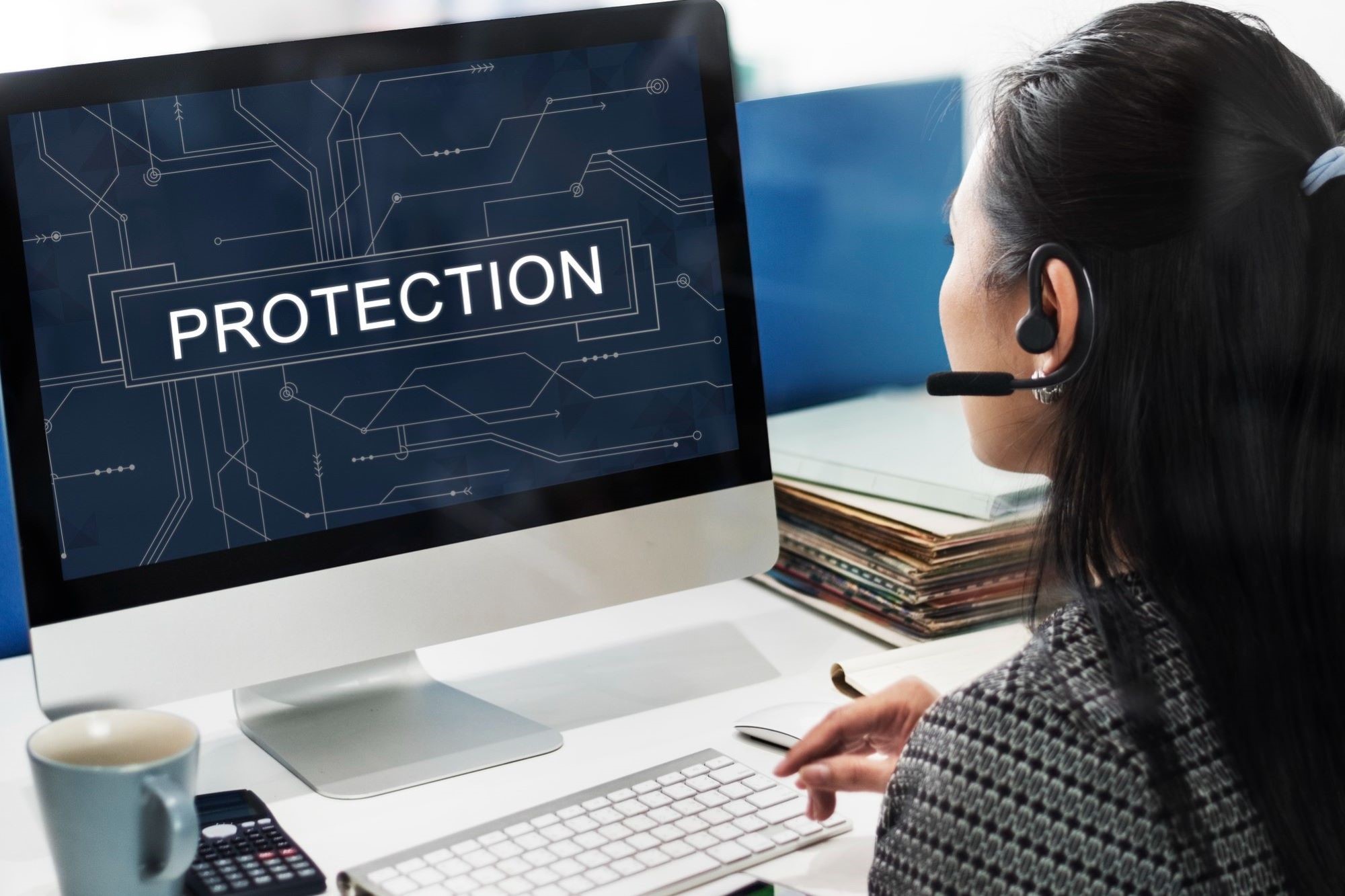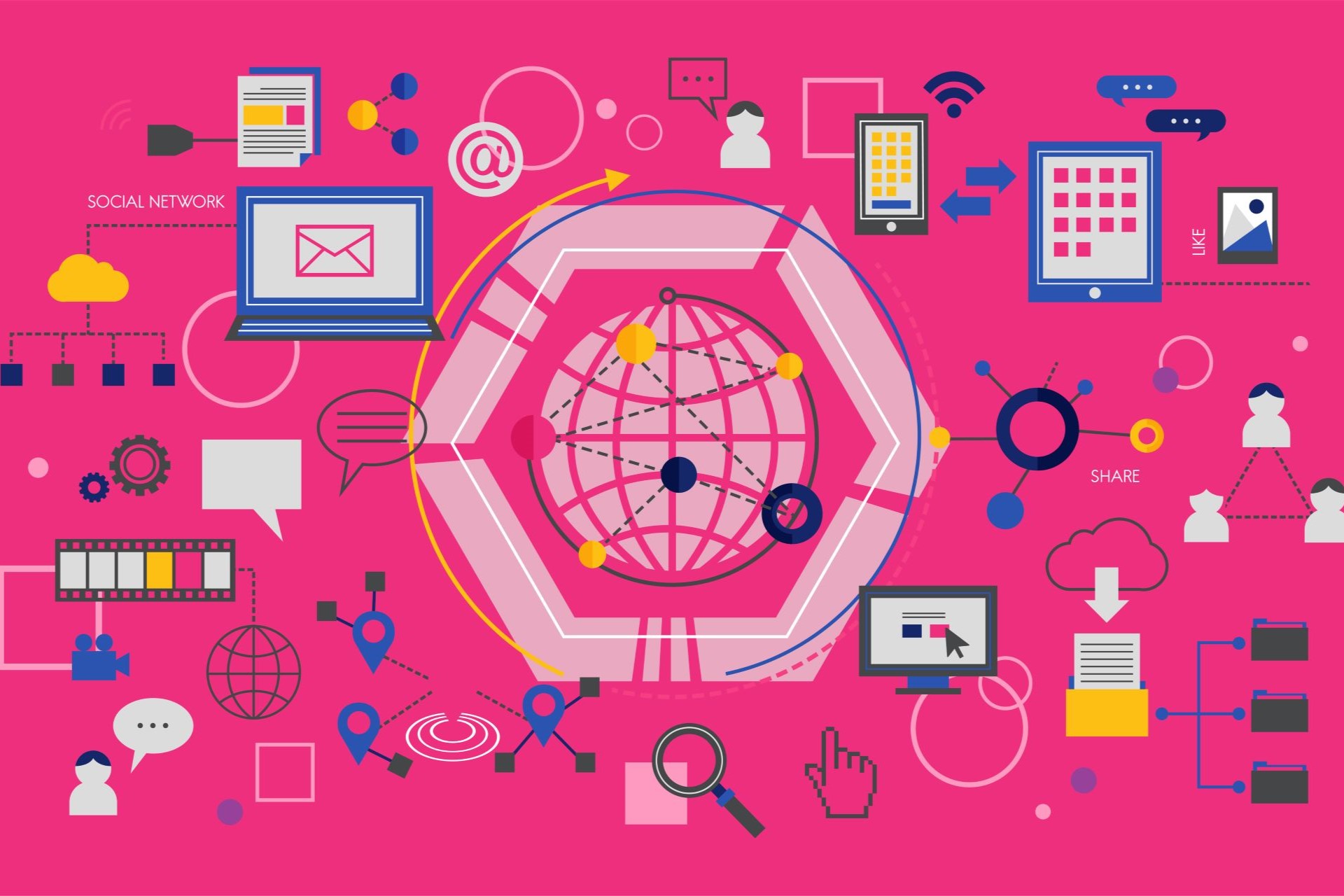In today’s fast-paced professional landscape, maintaining transparency and accountability is essential for fostering trust and ensuring integrity. Activity monitoring, a practice increasingly adopted by organizations across various industries, plays a crucial role in enhancing professional integrity by tracking and analyzing employee activities. Let’s delve deeper into what activity monitoring entails and how it contributes to a more ethical and productive work environment.
Introduction to Activity Monitoring
What is activity monitoring?
Activity monitoring refers to the systematic tracking and analysis of employee actions and behaviors within a workplace setting. It involves the use of specialized software, hardware, or a combination of both to collect data on various aspects of employee performance, such as time spent on tasks, websites visited, and keystrokes typed.
Importance of activity monitoring in professional settings
In today’s digital age, where remote work and flexible schedules are increasingly common, traditional methods of supervising employees may fall short in ensuring productivity and accountability. Activity monitoring provides employers with valuable insights into how their workforce operates, enabling them to identify areas for improvement, optimize workflows, and maintain compliance with organizational policies and regulations.
Types of Activity Monitoring Systems
Activity monitoring systems can vary in their design and functionality, but they generally fall into three main categories: software-based, hardware-based, and hybrid systems.
Software-based systems
Software-based activity monitoring solutions rely on specialized applications installed on employees’ computers or mobile devices to track their activities in real-time. These applications can record various metrics, such as:
- Time spent on different applications
- Websites visited
- Documents accessed
These systems provide employers with detailed insights into how employees utilize digital resources, allowing for better management of productivity and identification of potential inefficiencies or distractions.
Hardware-based systems
Hardware-based activity monitoring systems typically involve the use of physical devices, such as:
- Cameras
- Sensors
These devices are deployed in physical workspaces to monitor employee activities directly. Hardware-based systems are often utilized in environments where software-based monitoring may not be practical or effective, such as:
- Manufacturing plants
- Retail stores
By capturing real-time data from the physical environment, these systems enable employers to monitor employee behavior, ensure compliance with safety regulations, and optimize operational processes.
Hybrid systems
Hybrid activity monitoring systems combine both software and hardware components to provide comprehensive insights into employee behavior. By leveraging both digital and physical monitoring capabilities, hybrid systems offer:
- Flexibility: Ability to monitor activities in both digital and physical environments.
- Integration: Seamless integration of data from software and hardware sources.
- Comprehensive analytics: Holistic view of employee behavior across various workspaces.
These systems are ideal for organizations that operate in hybrid work environments or require multifaceted monitoring solutions. They offer the flexibility to adapt to diverse workplace settings while providing actionable insights to enhance productivity and security.
Benefits of Activity Monitoring
Activity monitoring offers several benefits for both employers and employees, including:
| Benefit | Description | Impact |
| Increased productivity | By tracking employee activities and identifying inefficiencies or distractions, activity monitoring can help organizations optimize workflows and streamline processes, leading to greater productivity and performance. | – Optimization of workflows
– Streamlining of processes – Greater productivity and performance |
| Improved accountability | Activity monitoring promotes transparency and accountability by providing clear visibility into employee actions and behaviors. This transparency fosters a culture of responsibility and encourages employees to take ownership of their work. | – Transparency and accountability
– Culture of responsibility – Encouragement of employee ownership |
| Enhanced security | Activity monitoring can help organizations detect and prevent security breaches, data leaks, and unauthorized access to sensitive information. By monitoring for suspicious or anomalous activities, organizations can mitigate risks and safeguard their assets and reputation. | – Detection and prevention of security breaches
– Mitigation of risks – Safeguarding of assets and reputation |
This table provides a structured overview of the benefits of activity monitoring, highlighting the importance of each benefit and its impact on organizational effectiveness and integrity.
Implementing Activity Monitoring Ethically
To address the ethical considerations associated with activity monitoring, organizations should adhere to the following principles:
Transparency and communication
Employers should be transparent with employees about the purpose, scope, and limitations of activity monitoring. Clear communication fosters trust and enables employees to understand how monitoring contributes to organizational goals.
Balancing monitoring with trust
While monitoring employee activities can provide valuable insights, it should not undermine the trust and autonomy of employees. Employers should establish clear expectations and empower employees to take ownership of their work while providing support and guidance as needed.
Legal considerations
Organizations must ensure compliance with relevant laws and regulations governing employee privacy and data protection. Employers should consult legal experts to ensure that their activity monitoring practices align with applicable legal requirements and ethical standards.
Activity Monitoring Best Practices
To maximize the effectiveness and ethicality of activity monitoring, organizations should follow these best practices:
Set clear expectations
When implementing activity monitoring within an organization, it’s essential to establish clear expectations regarding its purpose, scope, and objectives.
This involves communicating openly with employees about why activity monitoring is being introduced and how it aligns with the organization’s goals. By clearly articulating the expectations surrounding activity monitoring, employees are more likely to understand its importance and actively participate in the process.
Moreover, setting clear expectations helps to mitigate any potential misunderstandings or resistance that may arise from lack of clarity.
Focus on outcomes rather than micromanagement
One of the pitfalls organizations may encounter when implementing activity monitoring is the temptation to use it as a tool for micromanagement. Instead of focusing solely on monitoring individual actions or behaviors, organizations should emphasize evaluating outcomes and performance metrics.
By shifting the focus from micromanagement to outcomes, organizations can foster a culture of trust and autonomy among employees while still ensuring accountability and productivity. This approach encourages employees to take ownership of their work and empowers them to find creative solutions to challenges.
Use data responsibly
Data collected through activity monitoring should be handled and analyzed with care and integrity to ensure its ethical use. It’s essential for organizations to establish robust data management practices that prioritize privacy, security, and compliance with relevant laws and regulations.
This includes obtaining informed consent from employees where necessary, anonymizing sensitive information to protect individual privacy, and implementing strict access controls to prevent unauthorized use or disclosure of data.
By treating employee data with respect and transparency, organizations can build trust and confidence among their workforce while maximizing the benefits of activity monitoring for all stakeholders.
Implement regular reviews and updates
Activity monitoring practices should not be static but rather evolve over time to reflect changes in technology, regulations, and organizational needs. It’s essential for organizations to conduct regular reviews of their activity monitoring policies and procedures to ensure they remain effective, ethical, and compliant with evolving standards.
This includes soliciting feedback from employees, conducting audits of monitoring practices, and staying abreast of industry best practices and emerging trends. By continuously evaluating and updating their activity monitoring approach, organizations can adapt to new challenges and opportunities while maintaining alignment with their broader objectives and values.
Real-world Applications of Activity Monitoring
Activity monitoring finds applications across various industries and workplace environments, including:
Call centers
Activity monitoring is particularly valuable in call center environments, where supervisors need to ensure efficient operations and high-quality service delivery. By implementing activity monitoring systems, supervisors can track various aspects of agent performance, including:
- Call metrics: Monitoring call duration, frequency, and resolution times to assess agent productivity and efficiency.
- Quality assurance: Evaluating the content and effectiveness of customer interactions to identify areas for improvement and ensure adherence to service standards.
- Training and coaching: Using activity monitoring data to identify training needs and provide targeted coaching to agents, helping them improve their skills and performance.
- Compliance: Ensuring that agents comply with regulatory requirements, such as script adherence and data protection protocols, to mitigate legal and reputational risks.
Overall, activity monitoring in call centers enables supervisors to optimize resource allocation, improve service quality, and maintain compliance with industry regulations.
Remote work environments
With the rise of remote and distributed teams, activity monitoring has become essential for maintaining visibility and accountability across diverse geographical locations. In remote work environments, activity monitoring systems enable employers to:
- Monitor productivity: Tracking employees’ online activity, task completion rates, and communication patterns to assess productivity levels and identify potential bottlenecks.
- Facilitate collaboration: Analyzing collaboration tools and communication channels to ensure effective team collaboration and timely project delivery.
- Ensure security: Monitoring remote access and data transfer activities to detect and prevent security breaches, unauthorized access, and data leaks.
- Support flexible work arrangements: Providing employees with the flexibility to work from anywhere while still ensuring accountability and adherence to organizational policies and objectives.
By leveraging activity monitoring in remote work environments, organizations can overcome the challenges of distance and achieve optimal performance from their distributed teams.
Manufacturing facilities
In manufacturing settings, activity monitoring systems play a critical role in optimizing operations, ensuring safety compliance, and maximizing productivity. These systems enable organizations to:
- Track equipment utilization: Monitoring the usage and performance of machinery and equipment to identify inefficiencies, schedule maintenance, and minimize downtime.
- Optimize production workflows: Analyzing production processes and employee activities to identify workflow bottlenecks, streamline operations, and improve overall efficiency.
- Ensure employee safety: Monitoring employee movements and interactions with machinery to detect safety violations, prevent accidents, and promote a culture of workplace safety.
- Maintain regulatory compliance: Tracking inventory levels, production outputs, and environmental parameters to ensure compliance with industry regulations and standards.
By implementing activity monitoring in manufacturing facilities, organizations can enhance operational visibility, optimize resource utilization, and maintain a safe and compliant workplace environment.
Future Trends in Activity Monitoring
As technology continues to evolve, the future of activity monitoring holds several exciting possibilities, including:
AI-powered monitoring tools
Advancements in artificial intelligence and machine learning are enabling the development of more sophisticated activity monitoring solutions capable of analyzing vast amounts of data in real-time and providing actionable insights.
Wearable technology integration
The integration of wearable devices, such as smartwatches or fitness trackers, with activity monitoring systems offers new opportunities for capturing and analyzing employee data, particularly in physically demanding or hazardous work environments.
Predictive analytics
By leveraging predictive analytics techniques, organizations can anticipate future trends and behaviors based on historical activity data, enabling proactive decision-making and strategic planning.
Activity monitoring plays a vital role in enhancing professional integrity by providing organizations with valuable insights into employee activities and behaviors. By implementing activity monitoring ethically and responsibly, organizations can promote transparency, accountability, and security while maximizing productivity and performance.
Unique FAQs
1. Is activity monitoring legal?
Yes, activity monitoring is legal, provided that it complies with relevant laws and regulations governing employee privacy and data protection.
2. Can activity monitoring improve employee productivity?
Yes, activity monitoring can help identify inefficiencies and distractions, enabling organizations to optimize workflows and enhance productivity.
3. How can organizations address employee privacy concerns related to activity monitoring?
Organizations can address employee privacy concerns by being transparent about the purpose and scope of activity monitoring, obtaining consent where required, and implementing robust data protection measures.
4. What are some alternatives to traditional activity monitoring?
Alternative approaches to activity monitoring include outcome-based performance evaluation, employee engagement surveys, and regular performance reviews.
5. How can organizations ensure the ethical use of activity monitoring data?
Organizations can ensure the ethical use of activity monitoring data by establishing clear policies and procedures, providing training and support to employees, and regularly reviewing and updating their monitoring practices to align with evolving ethical standards.




